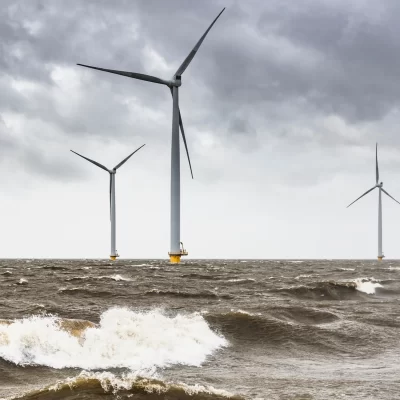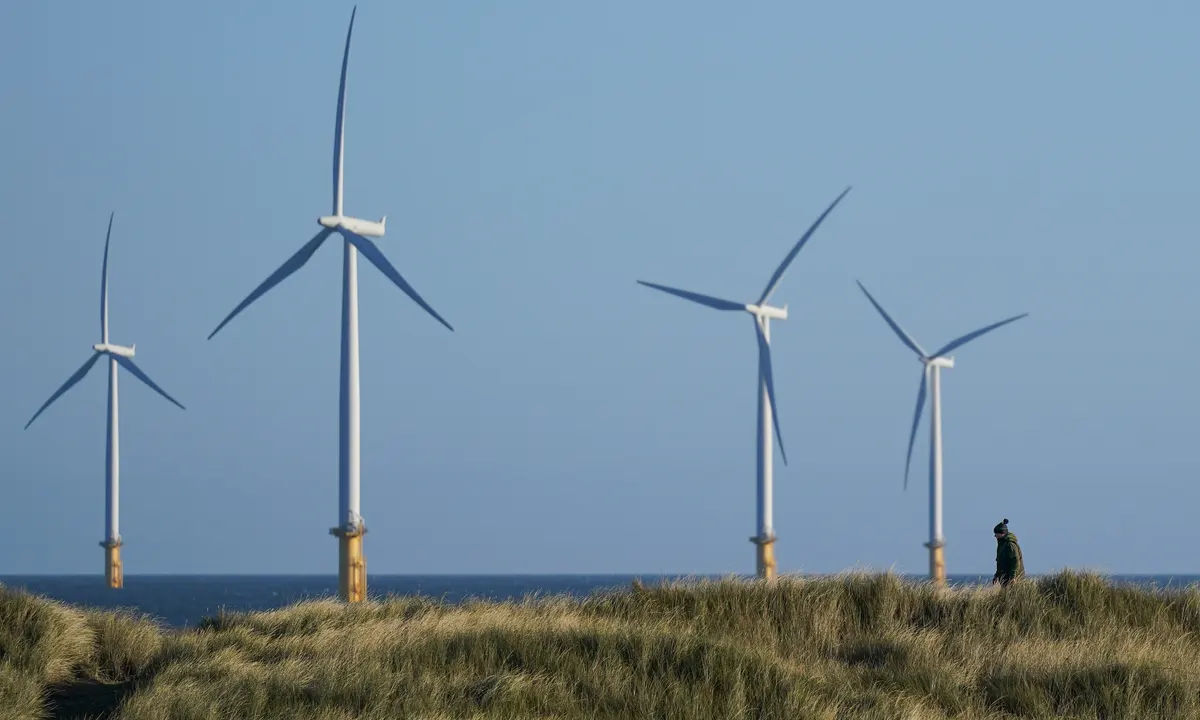UK Offshore Wind Industry 2023 Crisis: Navigating the Funding Storm
The UK offshore wind industry 2023 is facing a pivotal moment. As the nation strives to be a global leader in renewable energy, recent setbacks have raised concerns about the future of this crucial sector. With ambitious climate goals on the horizon, the industry’s success is more important than ever.
The Funding Challenge
Central to the concerns surrounding the UK offshore wind industry 2023 is the issue of funding. The sudden halt of a major windfarm project last month has sent ripples of uncertainty throughout the sector. Industry leaders warn that without timely government intervention, more projects could face similar fates.
The root of the problem lies in the rising construction costs, exacerbated by inflation. The government’s “contract for difference” (CfD) scheme, which guarantees pricing for energy, has not kept pace with these economic shifts.

This mismatch threatens the viability of several upcoming projects that are essential for the UK to meet its climate targets.
Vattenfall’s decision to stop its Norfolk Boreas windfarm project is a stark reminder of the challenges facing the UK offshore wind industry 2023.
This project, which aimed to power 1.5 million homes, was deemed unprofitable under the current economic conditions. Such setbacks raise questions about the UK’s ability to achieve its goal of increasing offshore wind capacity from 14 gigawatts to 50 gigawatts by 2030.
You may also like: Wind Power Surpasses Gas as Main Source of UK Electricity
The Road Ahead for the UK Offshore Wind Industry 2023
The UK offshore wind industry is at a crossroads, and the government’s role is crucial. While the recent £22m subsidy increase for renewable projects is a positive step, many believe it’s just the tip of the iceberg. The CfD scheme needs a comprehensive overhaul to reflect the current economic realities.
Industry experts emphasize that even with modest price adjustments, offshore wind remains a cost-effective and sustainable energy source. However, without adequate support and a conducive financial environment, the industry’s growth could stall.

As challenges mount, the UK offshore wind industry 2023 looks to the future with cautious optimism. The sector’s success is not just about energy; it’s about the nation’s commitment to a sustainable future and its role on the global stage.
The government’s actions in the coming months will be instrumental in determining the industry’s trajectory. With the right support, the UK can continue to be a beacon of renewable energy innovation. But the clock is ticking, and timely intervention is of the essence.





